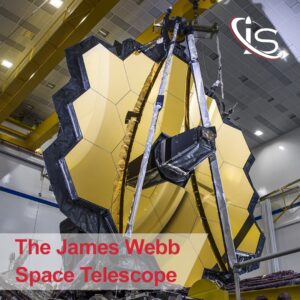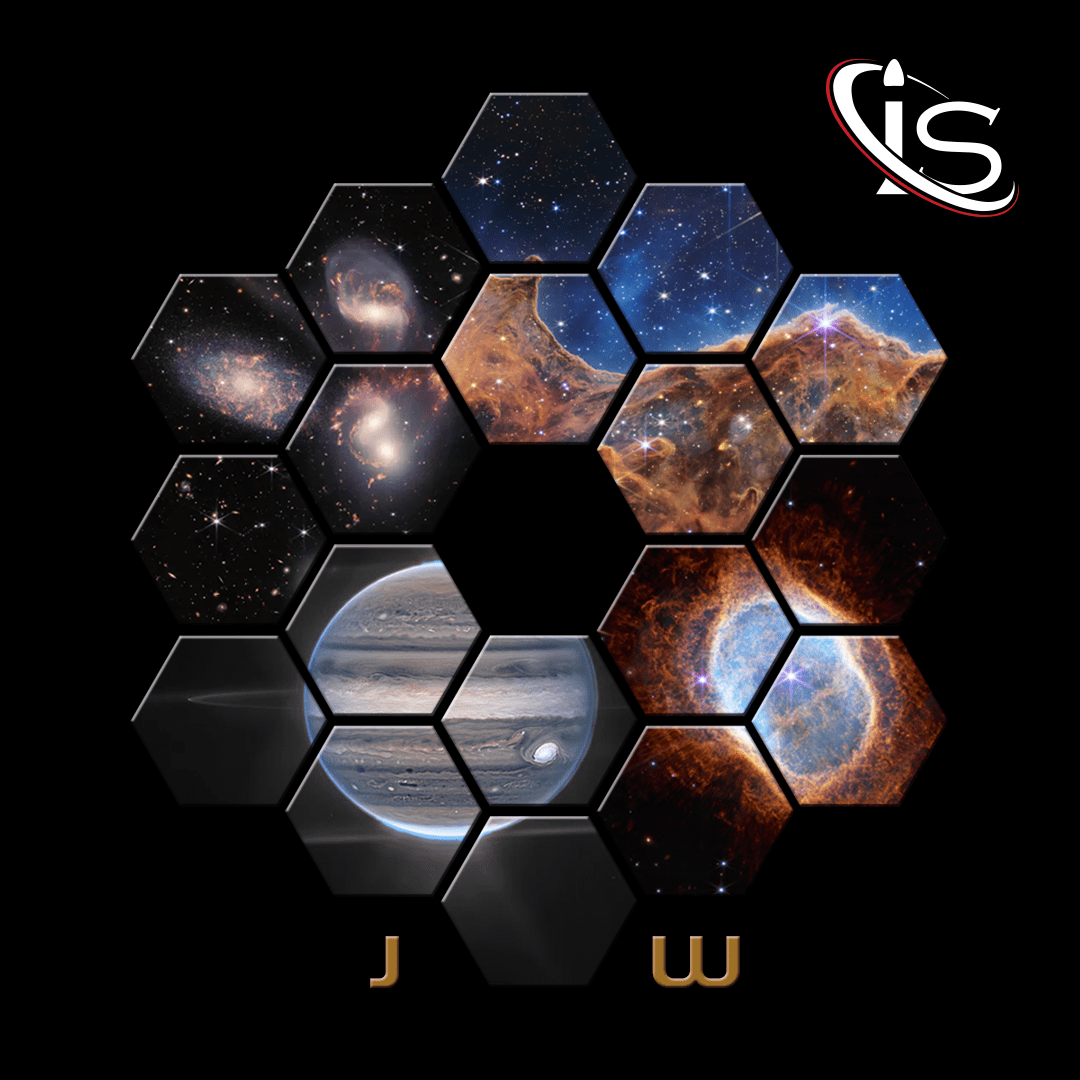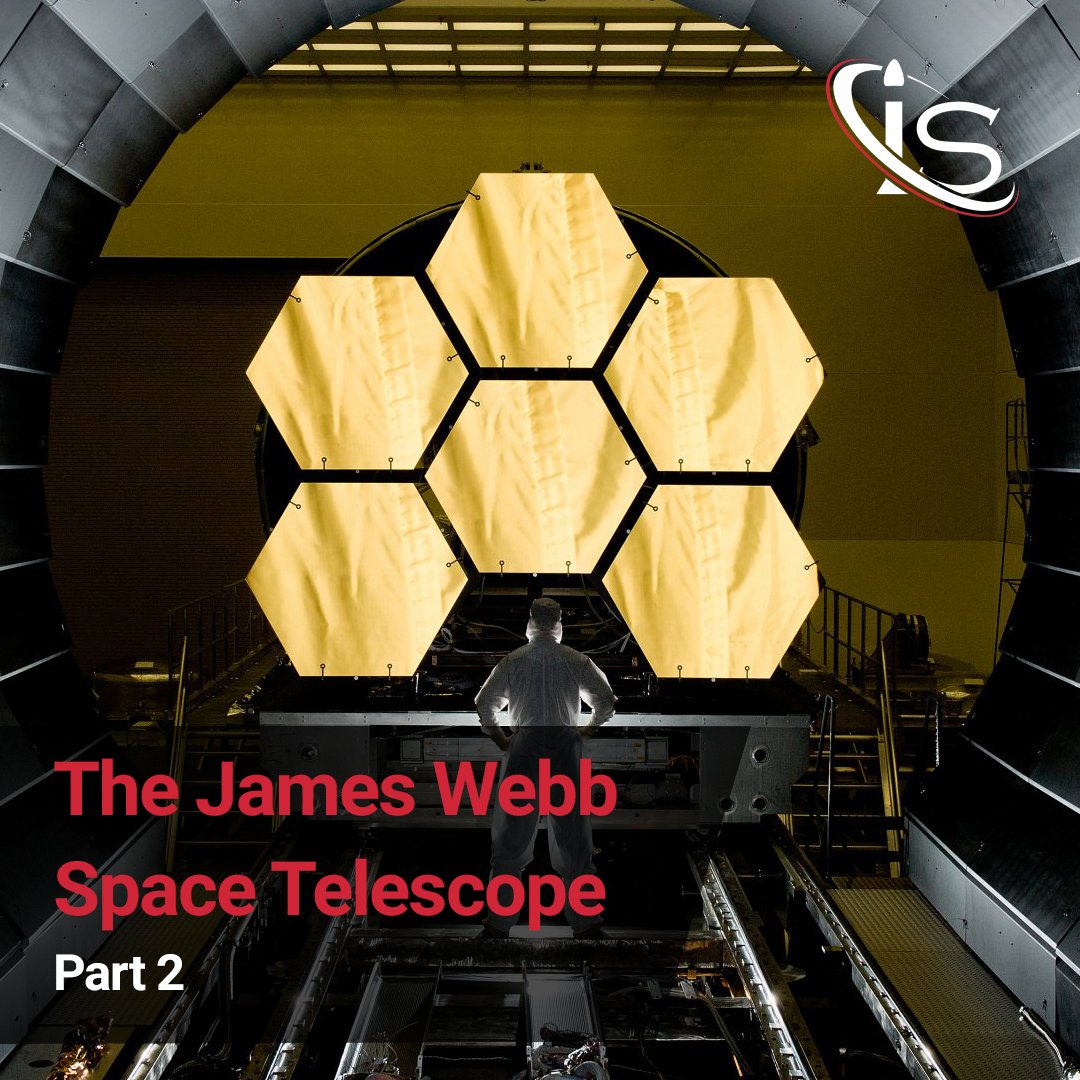What Is the James Webb Space Telescope?
Deployed by NASA on December 25th, 2021, the James Webb Space Telescope, or JWST, is poised to become NASA’s successor to the Hubble Space Telescope as its most important mission in astrophysics. This telescope is the most powerful one launched to date. Thanks to its vastly improved infrared resolution, it should be able to view objects that were too distant or old for the Hubble Space Telescope to detect.
Because of this, it is expected that the JWST will be able to observe previously undetectable objects. These would include First Galaxies, which would have formed in the early universe, and First Stars, which are a population of stars that has only been inferred to exist from physical cosmology (and would have also formed in the early universe.) The observation of First Stars, in particular, would be incredibly important for the field of astrophysics, as it would give tangible information to what stars that formed during the early universe are like now. This would include what metals, if any, are left in them after such a long time of performing nuclear fusion.
Going back to the JWST, it is important to note that the telescope has not yet started its mission. As of now, it is still in the middle of testing and commissioning its instruments. However, once fully operational, which will tentatively happen in May 2022, the JWST will begin its mission through space.

How Was It Developed?
The development of JWST was managed by NASA’s Goddard Space Flight Center, with John Mather being the project scientist. The planning for the construction of this telescope, as we know it today, began in 2005; however, even back in the 1980’s, the idea for a follow up to Hubble was being considered. Still, it would take until the 1990’s for some structured planning to start taking place, and it would not be until 2003 that NASA would commission a contract for the construction of JWST. This project would end up being backed by NASA, the European Space Agency (ESA), and the Canadian Space Agency (CSA), with the initial estimates of the total cost of this telescope being US$4.5 billion.
The construction of this monumental project took years to complete, with nine of the ten technology development items passing a Non-Advocate Review all the way back in 2007. Due to the amount of new technology and the nature of a long-term space mission such as this one, however, the JWST’s construction would not be fully finished until November 2016.
After this, the telescope began undergoing extensive testing. During one of these tests, a practice deployment that occurred in March 2018, the sunshield ripped, causing NASA to postpone its launch two years to May 2020. After a further assessment by the review board, the launch was postponed again, this time to March 2021. Finally, in August 2019, the mechanical integration of JWST was finished, something which was originally scheduled for 2007. On September 26th, 2021, a ship carrying the telescope left California and arrived in French Guiana, from where the telescope would be launched on October 12th,2021. After all the construction and testing NASA’s total cost for this project is expected to be US$9.7 billion, with the ESA and CSA contributing €700 million and CA$200 million, respectively.
The James Webb Space Telescope Mission
The JWST mission has the goal to shed some more light on the origin of the universe. The questions it will try to answer include: when did the First Stars and First Galaxies form? How did First Galaxies change over time? What can we uncover to further understand dark matter and dark energy? What are the origins of exoplanets and life? How do planetary systems form? And much more. Because these questions involve collecting data that is more easily detected with the use of near-infrared light, the JWST will not measure visible or ultraviolet light like the Hubble did. Instead, the JWST will be able to perform infrared astronomy at a much higher level.
The reason for infrared being the preferred wavelength of light for the detection of faraway stars is Hubble’s Law, which states that the further an object is, the faster it is moving with respect to the observation point. This causes a redshift in the wavelength of the light coming from said object, thus making infrared detection optimal for faraway celestial bodies like First Galaxies and First Stars. For example, JWST will be used to observe the dimming light of star KIC 8462852, which is exhibiting some abnormalities in its light curve properties. It will also be able to tell whether an exoplanet contains methane in its atmosphere, thus letting astronomers confirm whether methane truly is a biosignature or not.
As for its orbit, the JWST will be orbiting the Sun close to L2, which is the second Lagrange Point. This is for two reasons. One: thanks to the combined gravitational pull of the Sun and Earth at L2, the telescope will be able to orbit the Sun in the same amount of time that it takes the Earth to do so, even though its orbit is further from the Sun than Earth’s is. Two: being close to Earth will make data rates much faster.
In conclusion, JWST is not only by far the most powerful space telescope ever deployed, but its mission could prove revolutionary to not just the world of astrophysics, but science in general.
But what has the James Webb Space Telescope accomplished so far?





